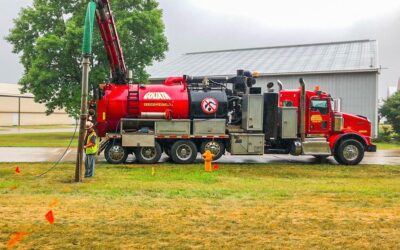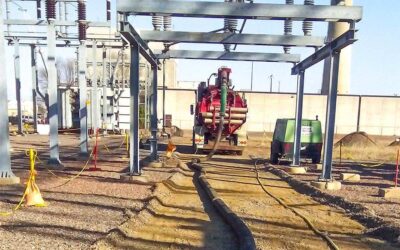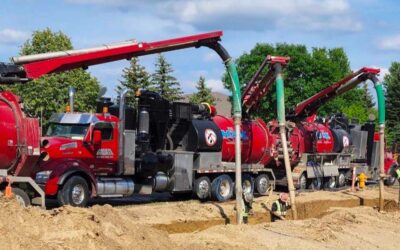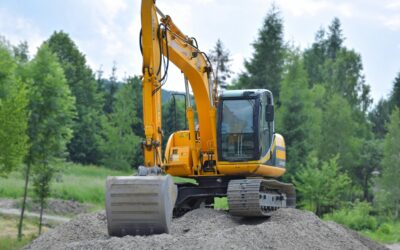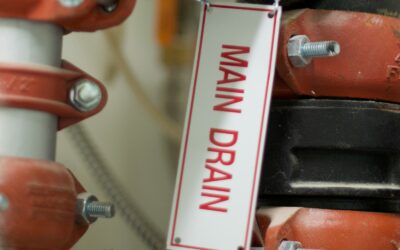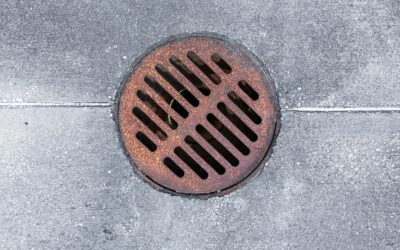What is Trenching?
What is Trenching?
Imagine for a moment the complex web of utilities that run beneath the surfaces of our streets and homes – water, sewage, electricity, internet – all intricately connected and meticulously laid out. The process that makes this possible is known as trenching.
Trenching, at its core, is the process of excavating a narrow channel in the ground. It’s an engineering technique that requires precision, foresight, and an acute understanding of the earth’s composition. Whether for laying the foundational networks of utilities that keep our homes running or for establishing the conduits that power our cities, trenching is a critical operation in the construction industry.
In this article, we will explore the various categories of trenches, as well as the essential safety measures to practice when utilizing this technique.
Types of Trenches
Hydro excavation is a relatively simple process, involving only two primary tools: a water jet and vacuum. By combining the force of water and the suction of a vacuum, hydrovac services have revolutionized the way excavation is done, offering a safe and efficient solution for various industries. Here is a step-by-step overview of how hydrovac excavation works:
The process of trenching is not a one-size-fits-all operation. Depending on the intended use, trenches vary in size, depth, and the methods used for their creation. Knowing the types of trenches is critical for selecting the right excavation method and ensuring the safety and efficiency of the project. Let’s dig into the four main categories of trenches that are commonly recognized in the field of construction and excavation.
Utility Trenches
These are perhaps the most common types of trenches and are dug to house and protect utility lines such as water, gas, telecommunications, and power cables. Utility trenches are usually narrow and can be shallow or deep depending on the utility they are intended for. The precision with which these trenches are dug is crucial to avoid disrupting other underground services.
Structural Trenches
Structural trenches are used as the foundations for walls or other structures. These trenches are dug to specific depths to allow for the pouring of concrete footings upon which masonry or other structural work can commence. The size and depth will depend on the load the structure is expected to bear.
Drainage Trenches
As the name suggests, drainage trenches are used to direct water away from certain areas to prevent flooding, soil erosion, and to protect structures. These trenches may be lined with waterproof lining materials and filled with gravel to assist with the proper diversion and filtration of water.
Environmental Trenches
These trenches are used in environmental engineering to control contamination or to establish barriers for environmental protection. They often involve the installation of specialized liners or barriers to contain or redirect environmental contaminants.
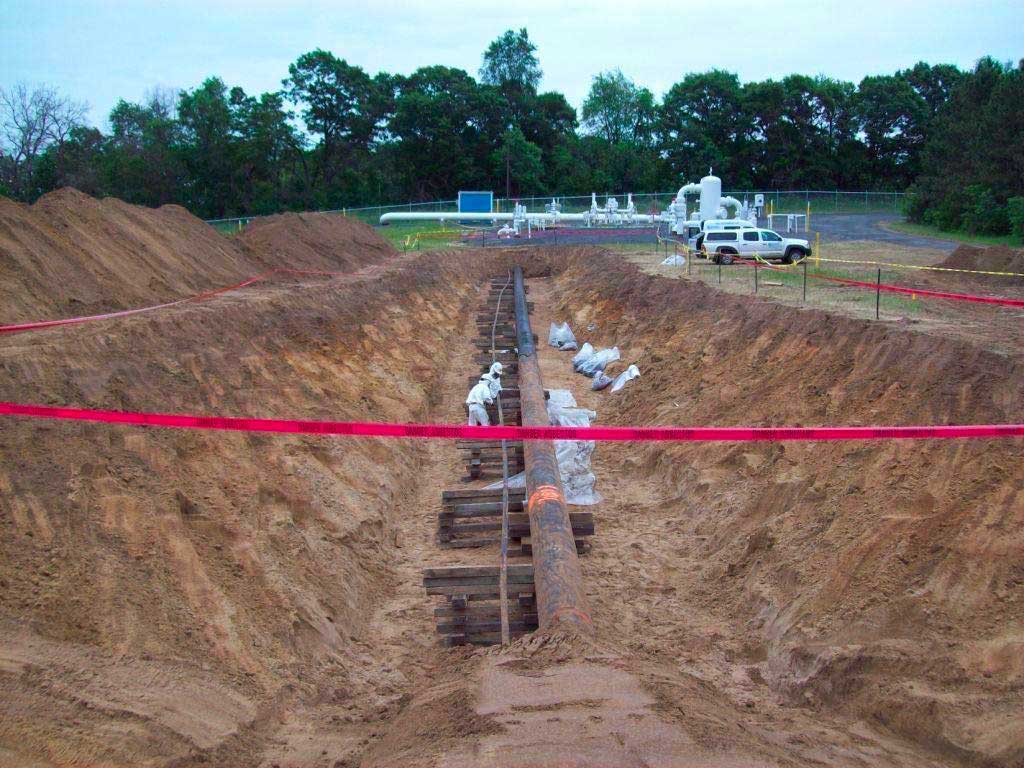
Trenching Safety
Trenching is an inherently hazardous construction activity, with risks ranging from cave-ins to encounters with underground utilities. Prioritizing safety is not just a regulatory requirement but imperative to protect workers and prevent accidents. Here’s a step-by-step guide to ensuring a safer trenching operation:
Step 1: Hazard Assessment
Before the project begins, it is crucial to understand the potential hazards associated with trenching. Including:
- Cave-ins: The most common and often the most fatal trenching hazard.
- Falls and Falling Loads: Workers and equipment can fall into trenches if proper precautions are not taken.
- Hazardous Atmospheres: Gases and fumes can accumulate in trenches, posing inhalation risks.
- Utility Hits: Striking underground utilities can lead to electrocution, gas leaks, or explosions.
Step 2: Pre-Excavation Planning
- Emergency Response Plan: A well-defined emergency response plan should be in place, including procedures for dealing with potential cave-ins, material collapses, and any other incidents that could occur during trenching operations.
- Training: Workers should be trained in the recognition and avoidance of unsafe conditions and the regulations applicable to their work environment to control or eliminate any hazards or other exposure to illness or injury.
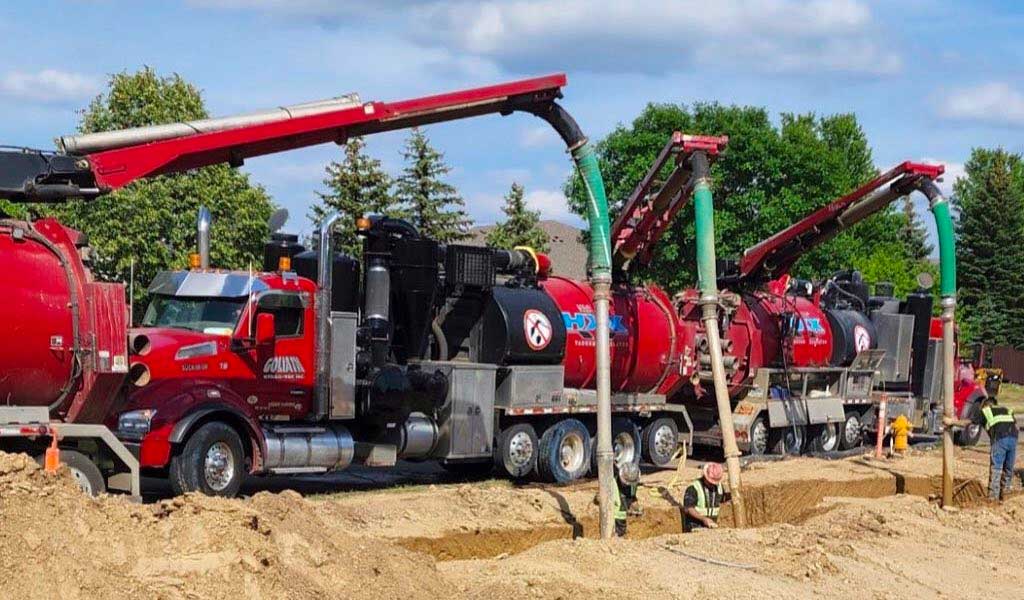
- Soil Analysis: An assessment of the soil conditions is necessary. Soil can range from stable rock to loose gravel or sand, each requiring different trenching techniques and safety measures.
- Utility Location: Identifying and marking underground utilities is crucial to prevent striking them. Call the appropriate utility location services to mark the underground utilities before any digging begins.
- Monitor for Hazardous Atmosphere: Test for hazardous atmospheres (low oxygen, toxic gasses, and explosive hazards) especially if the trench is more than 4 feet deep, before workers enter the trench. Ventilation systems may be necessary to ensure a safe working environment.
Step 4: Implementing Protective Systems
Choose a protective system based on the depth of the trench and soil analysis. Install support systems and ensure they are in place before anyone enters the trench. The primary method of preventing cave-ins is by sloping, benching, shoring, or shielding the trench.
- Sloping involves cutting back the trench wall at an angle inclined away from the excavation.
- Benching creates steps or tiers in the trench to prevent soil from collapsing.
- Shoring uses supports to prevent soil movement and cave-ins.
- Shielding protects workers with trench boxes or other types of supports to withstand cave-ins.
Step 5: Secure Access
Federal regulations often require that trenching sites have ladders, steps, ramps, or other safe means of exit for employees working in trench excavations 4 feet deep or deeper. These facilities must be within 25 feet of all workers at all times.
Step 6: Regular Inspections
Conduct daily inspections of the trench and its protective systems to ensure ongoing safety, particularly after any event that could have affected their strength or stability. These inspections should check for signs of potential cave-ins, the condition of protective systems, hazardous atmospheres, and other risks.
Conclusion – What is Trenching?
Trenching is not merely about creating openings in the ground; it’s a complex operation that requires technical knowledge, precision, and an unwavering commitment to safety.
From the utility lines that power our cities to the drainage systems that protect them from the elements, trenches are an integral component to the infrastructure that facilitates our daily lives.
Goliath Hydrovac Inc. has been in the excavation industry for over 20 years. We are a trusted provider of hydrovac services throughout the midwest. Goliath Hydrovac Inc. is committed to providing exceptional excavation services tailored to your specific needs.
Contact us at 612-727-3444 today to learn more about how Goliath’s hydrovac excavation services can benefit your operation.
RELATED POSTS
Hydrovac Excavation In The Winter: Cold Weather Digging
Do you believe that excavating in winter is more difficult, more expensive, and more time consuming? Is it...
What is Utility Potholing and Which Method is Best?
Utilities. They’re everywhere, enabling and protecting our comfortable, modern lives. Unfortunately,...
How Deep Can You Hydrovac Excavate?
Hydrovac excavators come in many forms and are often custom-built for the companies ordering them. This means...
Hydro Vacuum vs Air Vacuum Excavation: Pros & Cons
At first glance, hydro vacuum excavation and air vacuum excavation are confusingly similar. After all, their...
Hydrovac Excavation 101: Everything You Need to Know
Hydrovac excavation has been around, in one form or another, for decades now. However, a lot of professionals...
Hydrovac Excavation vs. Traditional Excavator: Which Method Is Better?
On the surface, excavation couldn’t be simpler. Just…remove the dirt. However, the choice of excavation method...
Choosing the Right Industrial Sewer Maintenance Services
The maintenance of industrial sewer systems is a critical aspect of ensuring the smooth operation of any...
How to Prevent Industrial Sewer Blockages
Industrial sewer blockages are not just a minor inconvenience; they can be a major hazard with significant...
Importance of Regular Sewer Inspections
Industrial sewer inspections are a critical component of maintaining a facility's infrastructure. These...
Essential Industrial Sewer Maintenance Tips
Industrial sewer maintenance is a critical aspect of maintaining the efficiency and safety of any facility....


